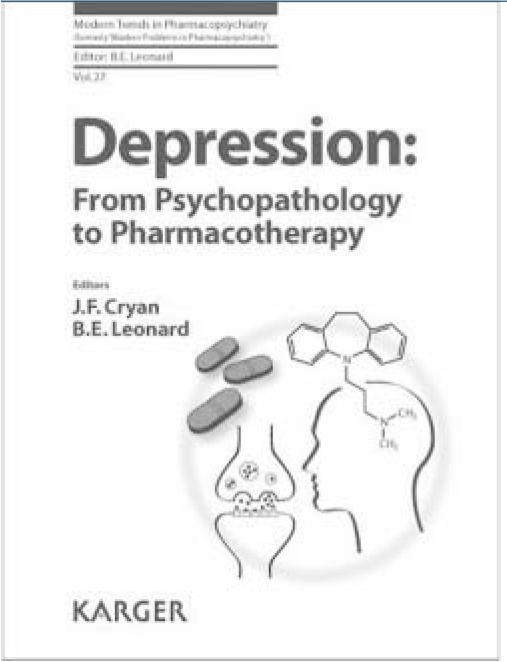
The book is well structured and reasonably comprehensive in its coverage. It comprises chapters on the hypothalamic–pituitary–adrenal (HPA) axis, brain-derived neurotrophic factor (BDNF) along with more innovative fair. Like in any multi-authored publication there are variations in quality of contributions. A couple of chapters are clinically naive and a rather poorly put together rehash of previously published reviews. However, there are also well-written chapters by prominent authors in the field. I found several gems, such as an excellent overview of the biology of dysfunctional circadian rhythms and mood disorders by Norman and an exciting chapter on chromatin-based treatments for affective disorders by Covington & Berton. Martin et al write really well on the role of the oft-forgotten 5-HT2C receptor in antidepressant action and provide a fairly comprehensive review of the current evidence base. Cannon's chapter on neuroimaging, albeit rather ‘textually dense’, is superb if you are short of ideas for grant applications for research in this area.
Would I recommend this book? There is little for the clinician interested in new insights to assist their work in the clinic, with just two relatively lightweight chapters relating to current clinical practice. Otherwise, the science described may influence treatment in the future, most likely in at least a decade's time. For scientists working in the area, much of the views and data described can be found by searching the published literature. However, the book is a useful quick and easy source of information, especially for the real ‘anoraks’ interested in the pathophysiology and treatment of depression.



eLetters
No eLetters have been published for this article.